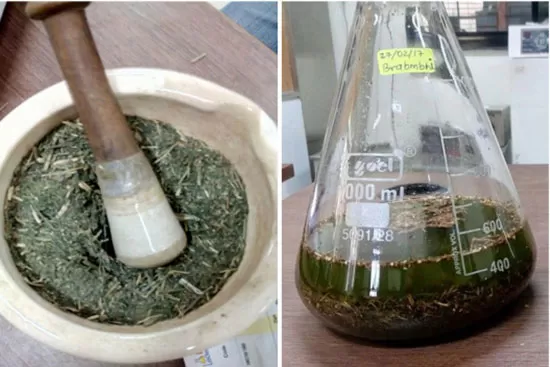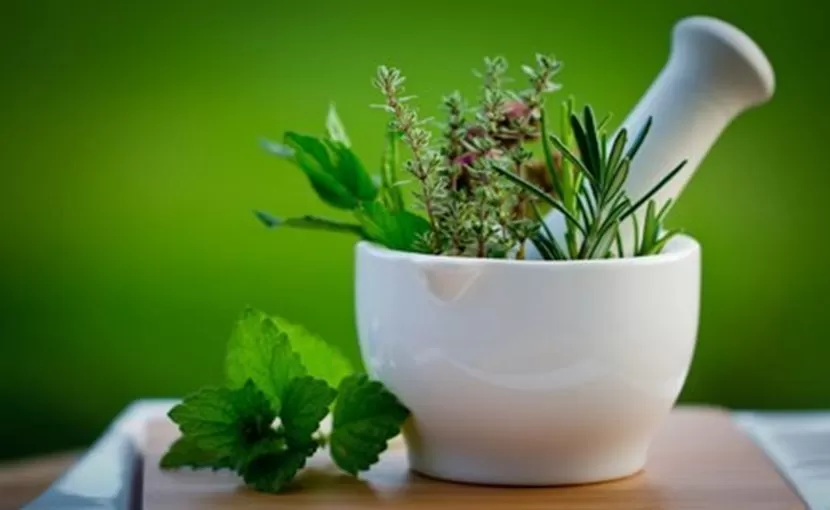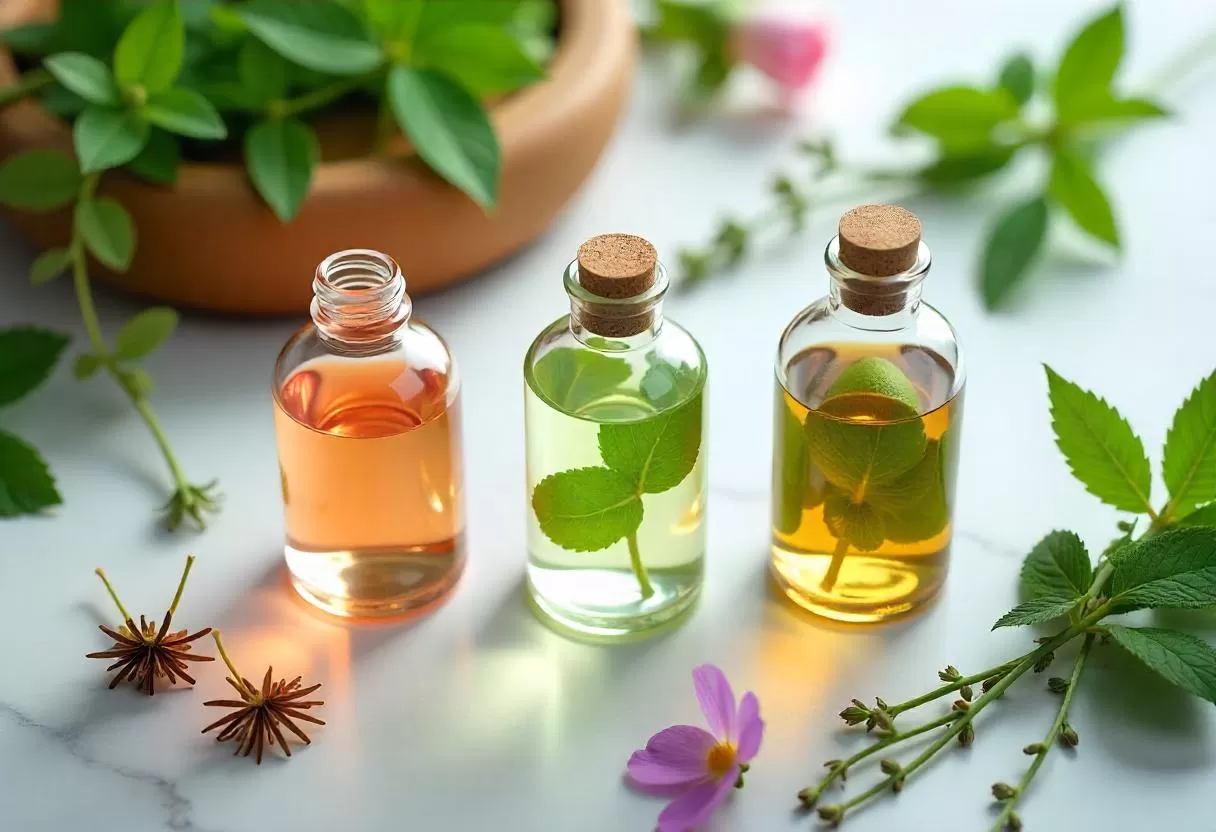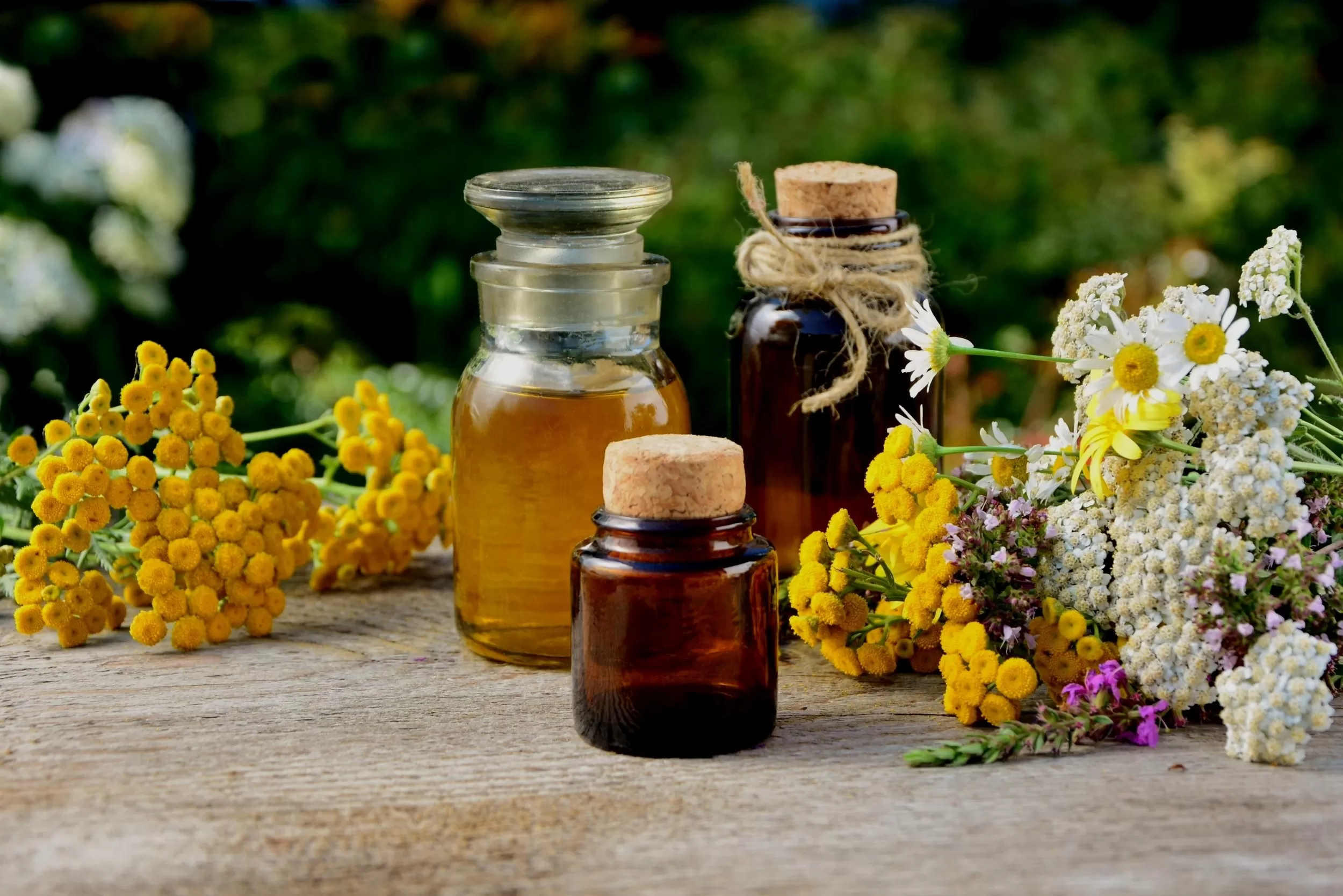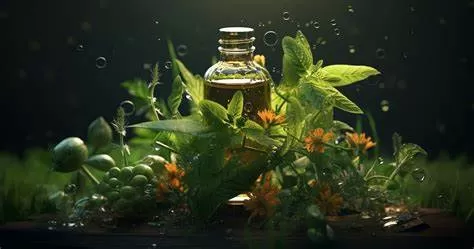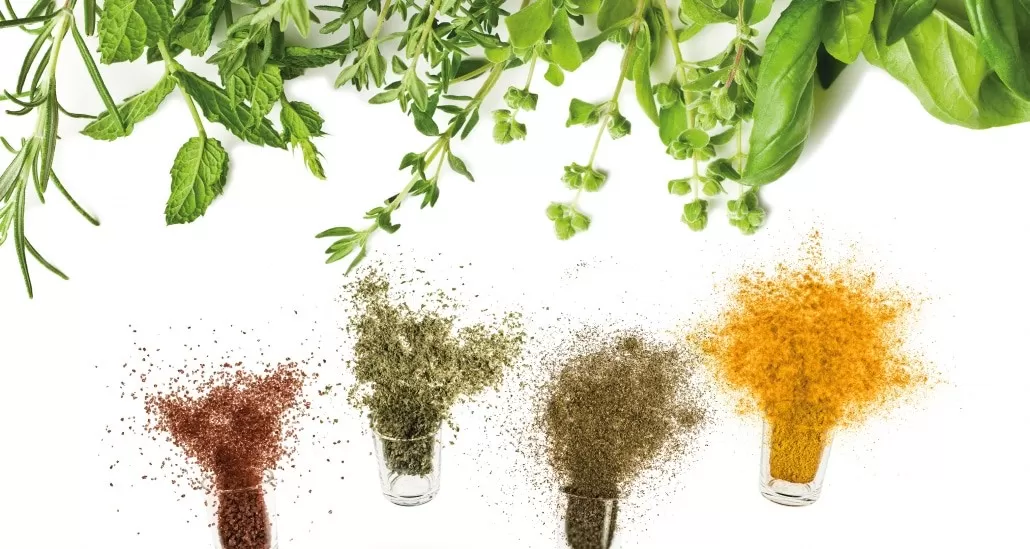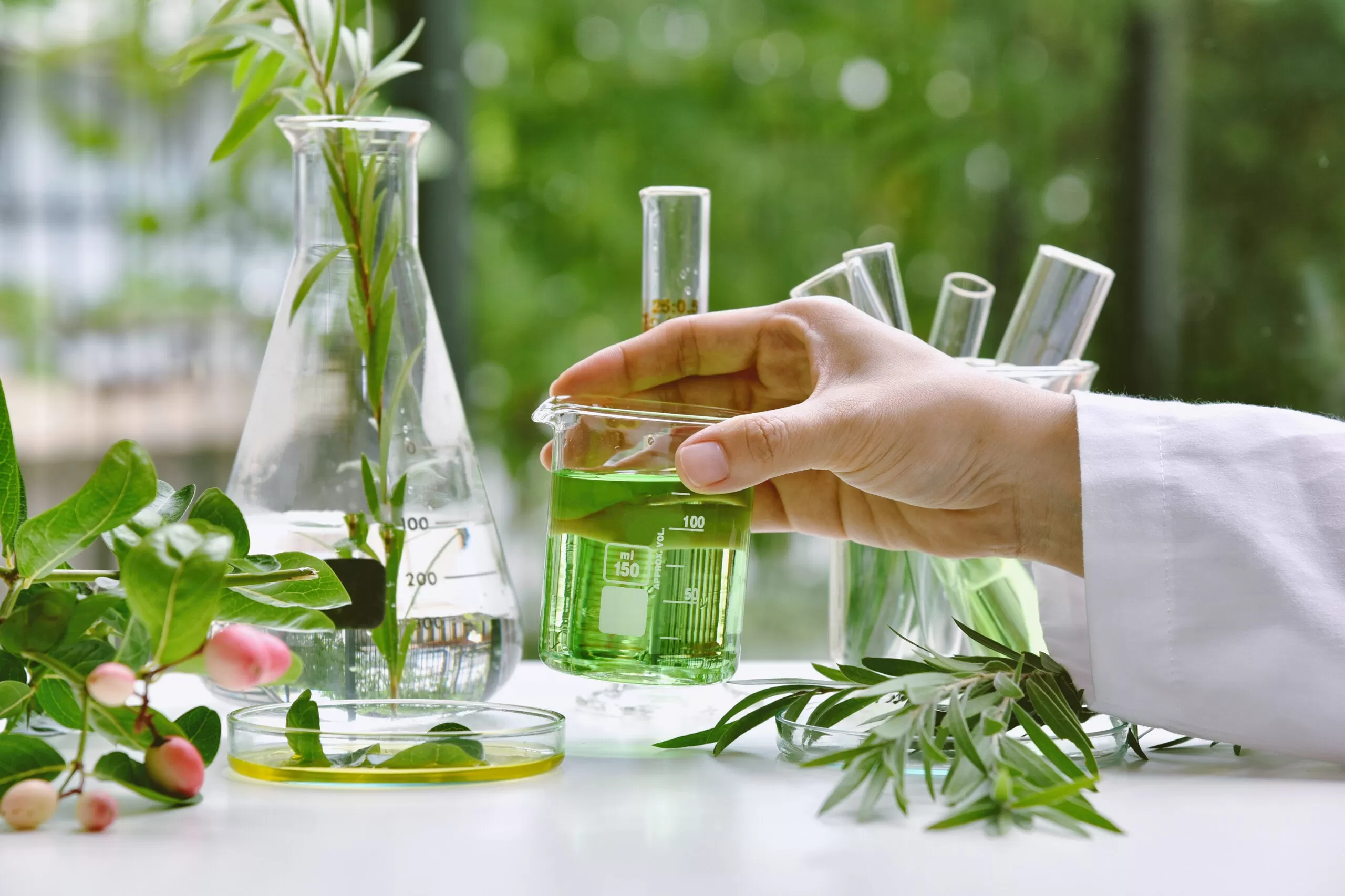- 0086-571-85302990
- sales@greenskybio.com
How Do You Make a Plant Extract? A Comprehensive Guide
2025-03-23
Plant extracts have gained immense popularity in various industries, including pharmaceuticals, cosmetics, food, and nutraceuticals, due to their rich therapeutic and functional properties. These extracts are concentrated preparations of plant materials, obtained through various extraction techniques, aiming to isolate specific active compounds or metabolites that hold beneficial attributes. Making a plant extract involves careful consideration of the plant material, extraction method, and purpose of the extract. In this article, we will explore the process of making a plant extract, highlight different extraction methods, and discuss the applications and considerations for crafting high-quality extracts.
Understanding Plant Extracts
Plant extracts are derived from raw plant materials such as leaves, flowers, bark, roots, seeds, or fruits. These extracts contain bioactive compounds, including alkaloids, flavonoids, terpenes, glycosides, phenolics, and essential oils, which are responsible for the plant's therapeutic properties. The extraction process is crucial for isolating these compounds from the plant matrix and preserving their potency and efficacy.
The choice of plant material, extraction method, and solvents depends on the target compounds and the intended use of the extract. Different plants and compounds require distinct extraction techniques to achieve optimal results.
Common Plant Extraction Methods
1. Maceration
Maceration is a simple and traditional extraction method that involves soaking plant material in a solvent at room temperature. Common solvents include water, ethanol, glycerin, or oil. The mixture is allowed to sit for an extended period, often several days, to allow the solvent to penetrate the plant cells and dissolve the desired compounds. Maceration is suitable for fragile compounds and is often used for preparing tinctures and infusions.
Step-by-Step Process:
- Chop the plant material into small pieces to maximize surface area.
- Place the plant material in a container and add the chosen solvent.
- Seal the container and let the mixture sit for several days, shaking occasionally.
- After the maceration period, strain the extract to remove solid plant material.
- Store the liquid extract in a dark, airtight container.
2. Percolation
Percolation is similar to maceration but involves continuous movement of the solvent through the plant material. This method utilizes a percolator, a device that allows fresh solvent to constantly pass through the plant matrix, enhancing extraction efficiency. Percolation is well-suited for extracting compounds from dried plant materials.
Step-by-Step Process:
- Grind the plant material into a coarse powder.
- Moisten the powder with a small amount of solvent and let it sit overnight.
- Pack the moistened powder into a percolator.
- Slowly add fresh solvent, allowing it to percolate through the plant material.
- Collect the extract as it drips from the percolator.
- Repeat the process with additional solvent until extraction is complete.
3. Solvent Extraction
Solvent extraction involves the use of specific solvents like alcohol, hexane, or acetone, which are selected based on the polarity of the target compounds. This method is ideal for isolating non-polar compounds like essential oils and resins. Solvent extraction may involve maceration or agitation to enhance compound solubility.
Step-by-Step Process:
- Select the appropriate solvent based on the target compounds.
- Combine the plant material with the solvent in a container.
- Stir or shake the mixture to aid solvent penetration.
- Allow the extraction to proceed for several hours to days.
- Filter the mixture to separate solids from the liquid extract.
- Concentrate the extract to remove residual solvent.
4. Steam Distillation
Steam distillation is used primarily for extracting essential oils from aromatic plants. This method involves passing steam through plant material, which vaporizes the volatile compounds. The vaporized compounds are then condensed into a liquid form and collected.
Step-by-Step Process:
- Place the plant material in a distillation unit.
- Heat water to create steam.
- Direct the steam into the plant material, vaporizing the essential oils.
- Collect the condensed vapor in a separate vessel.
- Separate the oil from the hydrosol (water component) for pure essential oil.
5. Supercritical CO2 Extraction
Supercritical CO2 extraction is a modern and efficient technique that uses carbon dioxide in its supercritical state (high pressure and temperature) as the solvent. This method is highly effective in extracting both polar and non-polar compounds, enabling the production of high-purity extracts.
Step-by-Step Process:
- Load plant material into an extraction chamber.
- Adjust CO2 to supercritical conditions.
- Pass supercritical CO2 through the plant material.
- Collect the extract in separators as CO2 reverts to gaseous form.
- Adjust extraction parameters for desired compound isolation.
Applications of Plant Extracts
Plant extracts are employed across a range of industries due to their diverse functional properties:
1. Pharmaceuticals: Many plant extracts are used to formulate natural remedies and medications based on their therapeutic constituents.
2. Cosmetics: Extracts like aloe vera, chamomile, and tea tree oil are popular in skincare products for their soothing and healing properties.
3. Food and Beverages: Flavors and extracts like vanilla, citrus, and stevia are widespread in culinary applications to enhance taste and nutrition.
4. Nutraceuticals: Supplements containing plant extracts, such as ginkgo biloba and turmeric, are valued for their health benefits.
Considerations for Crafting Plant Extracts
1. Quality Control: Ensuring plant material quality, extraction efficiency, and compound purity is paramount for producing effective extracts.
2. Safety and Solvent Selection: The choice of solvent must be safe and suitable for the target compounds. Food-grade or natural solvents are often preferred.
3. Standardization: Consistency in potency and efficacy is crucial, requiring standardized extraction protocols and active compound quantification.
4. Legal and Regulatory Compliance: Extracts for food, pharmaceuticals, and cosmetics must adhere to industry-specific regulations and standards.
Conclusion
Making a plant extract is a nuanced process that involves selecting suitable plant materials, choosing the right extraction methods, and ensuring quality and safety. Whether pursuing traditional maceration or advanced supercritical CO2 extraction, understanding the principles and techniques for isolating active compounds is essential. Plant extracts serve valuable roles in pharmaceuticals, cosmetics, food, and nutraceuticals, underscoring their significance in supporting health and wellness across diverse applications. By mastering extraction techniques, individuals and industries can harness the full potential of plant-based compounds and drive innovation in natural product development.
- ▶ Hesperidin
- ▶ citrus bioflavonoids
- ▶ plant extract
- ▶ lycopene
- ▶ Diosmin
- ▶ Grape seed extract
- ▶ Sea buckthorn Juice Powder
- ▶ Beetroot powder
- ▶ Hops Extract
- ▶ Artichoke Extract
- ▶ Reishi mushroom extract
- ▶ Astaxanthin
- ▶ Green Tea Extract
- ▶ Curcumin Extract
- ▶ Horse Chestnut Extract
- ▶ Other Problems
- ▶ Boswellia Serrata Extract
- ▶ Resveratrol Extract
- ▶ Marigold Extract
- ▶ Grape Leaf Extract
- ▶ blog3
- ▶ blog4
- ▶ blog5
-
What are extracts made of?
2025-03-23
-
Extract Usage: A Comprehensive Guide
2025-03-23
-
Are plant extracts good for you?
2025-03-23
-
What are plant-based extracts?
2025-03-23
-
What Is a Plant Extract? A Deep Dive
2025-03-23
-
Grape Seed Extract
2025-03-23
-
Cactus Extract
2025-03-23
-
Almond Extract Powder
2025-03-23
-
Ivy Extract
2025-03-23
-
Eucommia Ulmoides Extract
2025-03-23
-
Purple Sweet Potato Extract
2025-03-23
-
Tongkat Ali Extract Powder
2025-03-23
-
Bayberry Extract
2025-03-23
-
Motherwort Extract
2025-03-23
-
Red Wine Extract
2025-03-23











